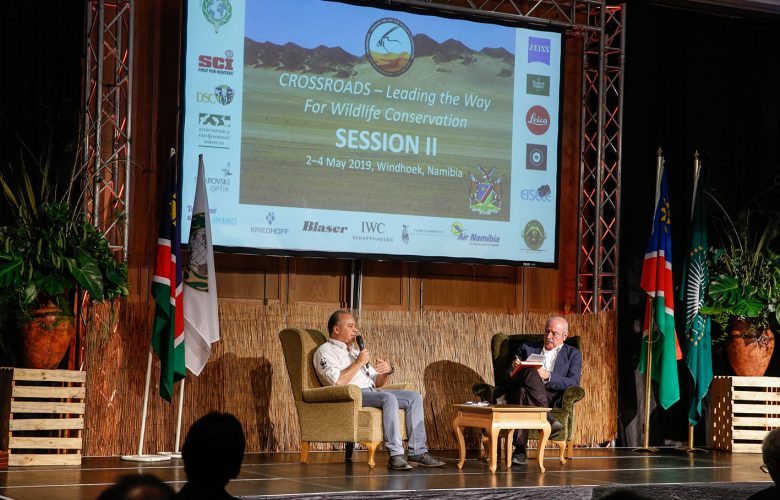The panel discussion was moderated by Dr. Perez Gil-Salcido and hosted by Alejandro Allende (CIC Argentina member), and Diego Fernando Amorocho Llanos (WWF Secretariat – Latin America and the Caribbean).
To set the scene, Dr Ramon Perez Gil-Salcido, President of FAUNAM, gave a short overview of sustainable use of wildlife in Central and South America. Wildlife is used in 27 countries of the region, and there is a spectrum of different models of use. However, heterogenous law enforcement, insufficient regulations, lack of monitoring mechanisms, and deficient scientific information, can lead to hunters being targeted as main drivers of biodiversity depletion.
Mr. Amorocho Llanos noted that WWF in Latin America is trying to conserve wildlife populations by trying to keep their habitat healthy and well connected, in order to maintain benefits to people of the region. To achieve this, and to achieve the Sustainable Development Goals, he believes it is crucial to have cross-sectoral cooperation.
Based on many given examples from the region, panellists agreed that the value of wildlife to people and their use has to be considered in conservation. Hunting can be an important conservation tool that brings benefits to the people of the region, whether it’s done for subsistence, sport or population management. It is important to engage the private sector, particularly members of the hunting community who inherently have interest in conserving wildlife and its habitat, as well as to educate media and use it to change public perception on hunting. Lastly, they agreed that communities need to be involved and local development issues have to be taken into account.
Panellists also concluded that the CIC could be an important strategic ally of the region. The great knowledge and experience of its members can guide regions’ countries’ wildlife management activities, such as monitoring, issuing quotas and licence fees.

